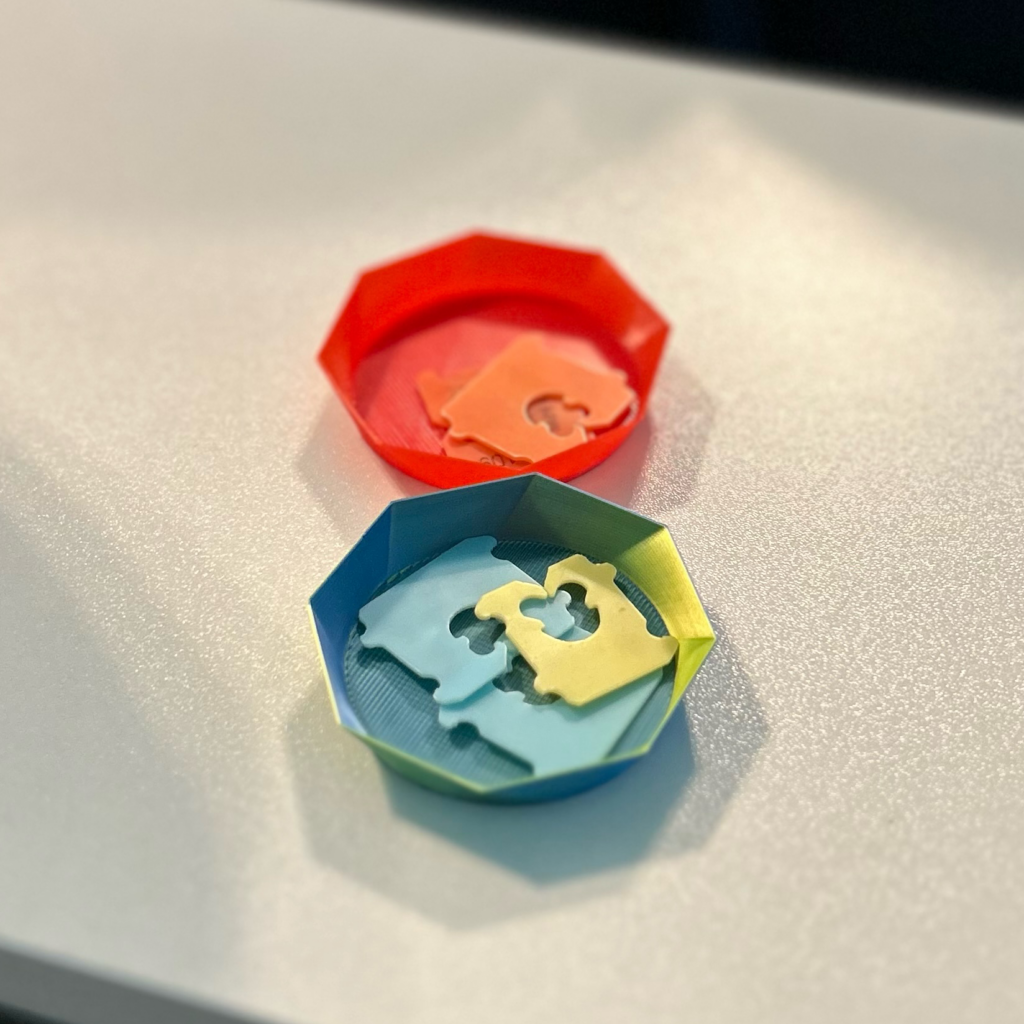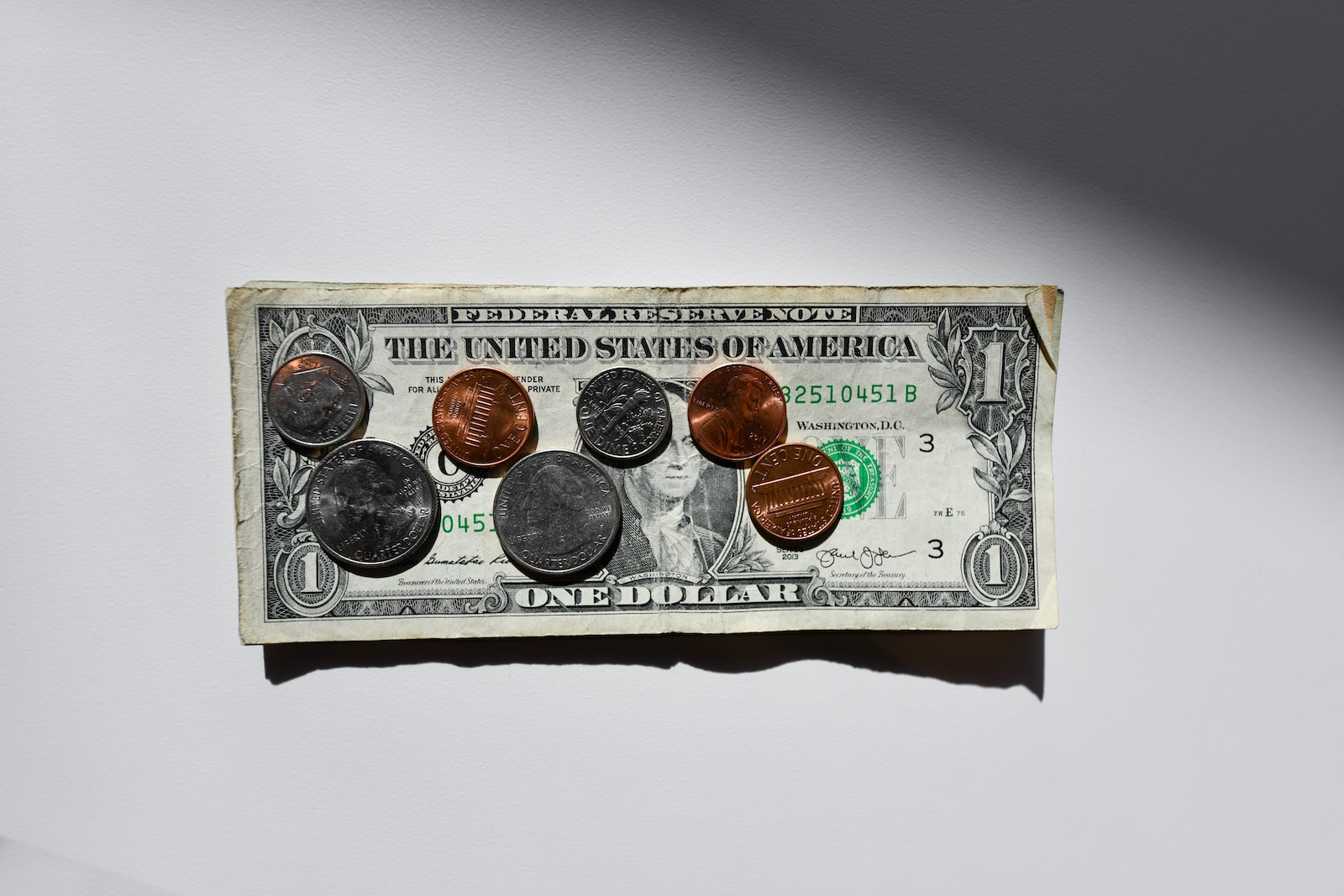When it comes to rewarding children for things they do right, it can actually be really hard to find something that works.
When my wife and I originally started working on a system, it came in various forms. It may have been positive reinforcement through a small toy for being good for a particular trip. In any fashion, these reward systems always seems to fall short of long-term expectations. It has taken a lot of brain power and revisions of our system to really get something as effective as it is today.
In the Beginning
It all started with Lego. Our daughter loved all things Lego. We have so many Lego bricks to this day because of her love for a complex interlocking brick system. Her early childhood is a blurry time for my memory, but I distinctly remember a day when the Lego Book was born in our house. It was a simple stapled booklet of color printer paper. It had a little doodle or words my wife would put on the front and the rest were blank pages.

“What do you do with a blank booklet,” you might ask. Well, you let your kid fill it with stickers. Kids love stickers and they love rewards. I really feel like we hit a winning combination here. For every good deed that was worthy of a sticker, our daughter could place a sticker in her Lego Book. When the entire booklet was filled up, she could cash in her booklet in exchange for a $15 or less Lego set.
The rules were simple:
- Earn stickers and fill up the pages
- 3 stickers per page
- Special accomplishments or milestones could earn a “full page” sticker, which counted for 3
- Could also use any earned money + $15 cap to buy a new Lego set
The Next Version
Eventually, things evolved into more than just Lego. My daughter got older and my son was born and became of age for having his own Lego Book. He is not my daughter and while Lego is cool, it’s just not as cool as lizards and dinosaurs. Kids’ interests change and they want different toys or no toys. Most kids agree that money is an acceptable reward as well (this is not a scientifically measured statement in any way, but I remember being a kid and loving money). We eventually transitioned from specific toys to dollar amounts. No longer a Lego Book, we “rebranded” to the new, hot title of Sticker Book (very original and super inventive, I know). We also lowered the value of a completed book, but the pace at which a book could be completed was increased because we looked for more opportunities to reward.
Small Snags
For the most part, this system worked. The fundamental problem we ran into is something I’m going to title “parent fatigue.” Keeping up with rewarding consistently is hard and when life gets busy, remembering to reward for good deeds can fall by the wayside. So we ended up with chunks of time with little to no rewards for our kids. Our bad. The reward system also didn’t take into account school as well as days where errands happened and good behavior was the difference of a stressful outing or an enjoyable one. So, some other opportunities were missed for rewarding good behavior.
Enter: The Token
Tokens were initially a way to try to curb random outbursts during dinner table. In practice, it was just two colored wooden craft sticks that a kid could use to change the subject at the table. If they ran out of sticks, then they just had to sit quietly until there was a quiet moment to start a new conversation.
Eventually, my wife had the idea to use the tokens as a way to track behavior for the entire day. Each day you start with 3 tokens for school (my wife home schools, so this may not apply for you or you apply this different), meal times, and outings. If you misbehave, then you lose a token. 3 tokens = 2 stickers, 2 tokens = 1 sticker, 1 token = you made it through the day, 0 tokens = a punishment. We’re still using the sticker book as part of the reward system because it really works and the kids love tracking their progress. It was a pretty simplistic system and we used tangible tokens which were merely clips from loaves of bread (ingenious, cost-effective, and highly “renewable”).

Token Shortfalls
After sticking with this system for months, we ran into new shortfalls different from the first iteration of the Sticker Book. Tracking tokens across home school time, outings, and meals also takes a lot of brain power and can contribute to “parent fatigue.” There’s also cases where the entire day didn’t consist of school, regular meal settings, or the outings didn’t warrant tokens. We also had bad days where issues from school, for example, might influence how we reward in a meal time or inversely. This made being consistent somewhat inconsistent. Also, always starting the day with tokens didn’t incentivize actually doing anything above and beyond the basic requirements for the day.
Tokens Rework
My wife hit a breaking point recently where mostly everything in her day at home consisted of gripes, moaning, groaning, and tears from our children when trying to do even the basics. It dawned on her that the shortfalls of the tokens were most likely the culprit. We sat down and talked about how to revamp the token system that ended up put the onus of tokens on our kids. This should be something they need to try to work for and something they should want to work for. So, we flipped the system upside down. The new rules:
- Every day starts at 1 token
- Doing good things can reward tokens at any point during the day
- Doing bad things can have tokens taken away
- At the end of the day, any tokens over the first token is 1:1 token to sticker exchange rate
- 1 token still means you made it through the day
- 0 tokens still means you will receive a punishment
Additionally, we have had increasing issues with tablet time. Usually the kids like to have their time together, but one might try to be the side-seat driver. This can lead to problems as well as each kid trying to find as many ways to extend their time past the timer we set. This was also part of the recent breaking point.
To try to help our kids understand that tablet time is something to be valued and meant to be fun, they can spend a token to partake of this time when there’s an opportunity for it in the day. This allows them to make a decision on whether they want to earn stickers or have time to have fun playing games on the tablet. If they’re saving for a specific toy, they may want to forgo that tablet time to finish the Sticker Book quicker.
Tokens do not extended to the TV currently as we usually have lots of times throughout the day and week where we want to watch a streaming service together or the kids need a physical/mental break. We’re not trying to overload them with options to spend tokens.
Are we going to head back into “parent fatigue” with this? I don’t think it’ll be as strained as before. We’ve consolidated the various events that earn tokens into just the entire day. We tally after dinner or as close to after dinner as possible and reward. I’m considering making the time after dinner and before bed an “amnesty hour.” No tokens to earn, but no tokens to lose or possibly to lose the next day’s starting token, but ending on a negative note in the day is usually not the way to go. We try to keep the time after dinner as simple and positive focused as possible.
Either way, this has been an in-depth breakdown of our reward system we use with our kids. In a follow-up to this post, I will have a consolidated article about how to implement this system in your family and some of the tips and tricks to make this work for you.
Rewarding your children is important, but it also needs to be something you can be consistent with. We’ve learned a lot so far and this system isn’t meant to last either. Our daughter will become a teen in a few years and that will require a whole new perspective while our son also inches closer in that direction as well. Everything has a season and that is very important to remember. Adapting to your evolving home life will keep everyone sane.
